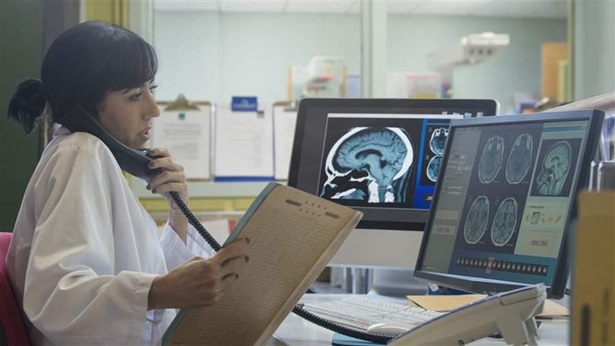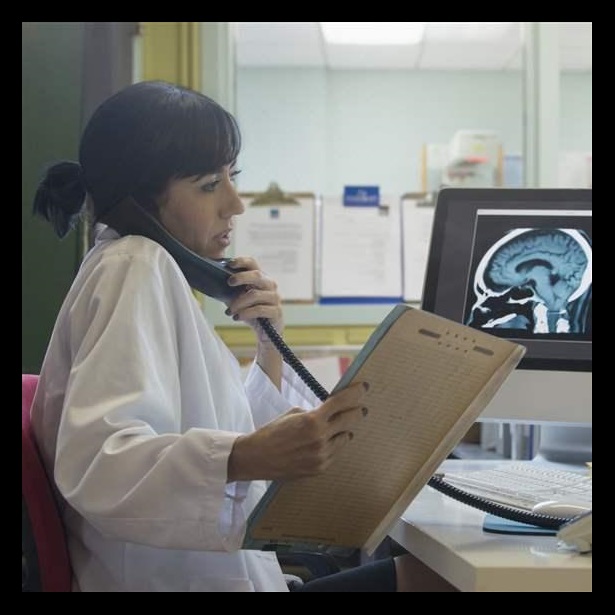Patient Matching Errors Risk Safety Issues, Raise Health Care Costs
Mistaken identities and unmatched records can have serious consequences
Electronic health records (EHRs) hold key information: a patient’s medical history, medications, allergies and more. But patients see multiple doctors in different locations, and current ways of matching people to their records are inadequate.


Article
March 8, 2017
Next Steps for Health IT Interoperability After 21st Century Cures Act
Read More

Fact Sheet
November 30, 2016







